


|
ONTON Technology Co.,Ltd
|
| Price: | 2.0 USD |
| Payment Terms: | T/T,L/C,D/A,D/P,WU |
| Place of Origin: | Sichuan, China (Mainland) |
|
|
|
| Add to My Favorites | |
| HiSupplier Escrow |
Soil Nails & Rock Bolts Anchoring

SLOPE PROTECTION WITH SHOT CRETE AND SOIL NAIL
Origin:
The technique of soil nailing began to evolve in the early 1970's.
It developed from the New Austrian Tunneling method which is a system for underground excavations in rock.
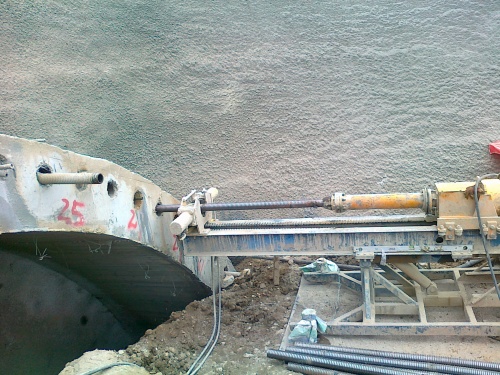
New Austrian Tunneling Method
It has been successful utilized worldwide for excavation support and slope stabilization and its use continues to grow rapidly.
Introduction:
Most of the time, these anchors are created using bars inserted in a bore hole and held in place using grouting or a mechanical anchor. Their purpose is to improve the resistance of the ground.
Rock: rock bolts
Rock bolts are 15 to 32 diameter bars, inserted in 30 to 60 mm bore holes. They are generally between 3 and 6 meters long.
They may be bonded along their entire length by cement grouting or anchored at various points at the base of the hole using chemical resin or a mechanical anchorage.
Rock bolts transfer load from the unstable exterior, to the confined (and much stronger) interior of the rock mass.
New Austrian Tunneling engineering and underground mining apply this anchor largely.
Applications:
In mines
The bolts reinforce the roof of the cavity to recreate a beam effect with the natural earth.
In tunnels
The bolts reinforce the natural earth on the roof to create an arched effect.
Soft ground: soil nails
Applying the principles of systematic rock anchoring to soil seems to be obvious, but the requirements for soil nailing are higher.
Soil nails are 20 to 50 mm diameter bars, inserted in 70 to 150 mm bore holes. They are generally over 6 meters long and may be as much as 30 meters.
Applications:
Stabilization of excavations
Embankment stabilization
Stabilization and renovation of land slips
Road construction
Renovation of retaining walls, tunnels
Solid Bar and Hollow Bar
These two techniques above insert the reinforcing element (reinforced concrete) into the soil/rock mass. Both solid and hollow bars are available.
Solid bars are usually installed into the pre-drilled holes and then grouted into place using a separate grout line, whereas hollow bars may be drilled and grouted simultaneously by the use of a sacrificial drill bit and by pumping grout down the hollow bar as drilling progresses.
Applying for underground applications in unconsolidated soil/rock conditions, hollow bar is typically effective.
Furthermore, since the labor cost is higher and higher, hollow bar soil nails/rock bolts seem to be more economical.
Installation of Soil Nail
1. Inserting Bar
2. Spraying Shotcrete
3. Applying Plate
4. Spraying Shotcrete
Requirements:
Installation of a soil nail
For the site
Stable, self-supporting soil at the excavation face: by applying reinforced shotcrete.
Strong working space for placing drill rigs: by excavating in stages properly.
For the Soil Nail System
High tensile and shear strength
High ductility
High bond strength
Installation of a rock bolt
For the drilling equipment
Choose the appropriate drill rig according to the scale of works, work environments, ground conditions, size of self-drilling anchor and depth of drilling.
In some limited headroom and the rock bolt is smaller sizes like R25 (or R32 with short lengths), handheld equipment is also workable.
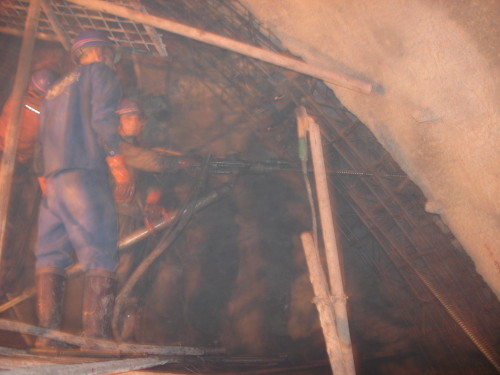
Handheld Drilling Operation
Drilling, flushing, grouting and post grouting
Components:
Load bearing or functional elements
Hollow core anchor rods
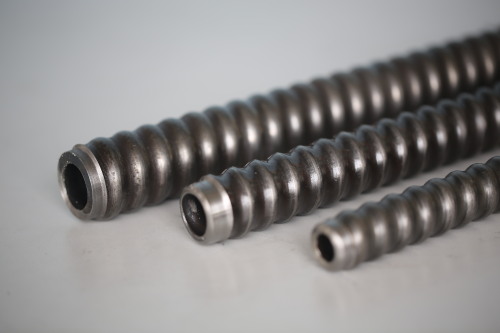
Extension couplings
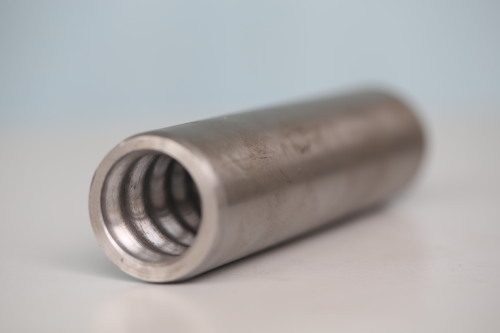
Hexagonal nuts/hexnuts
Plates (Domed or flat bearing plates)
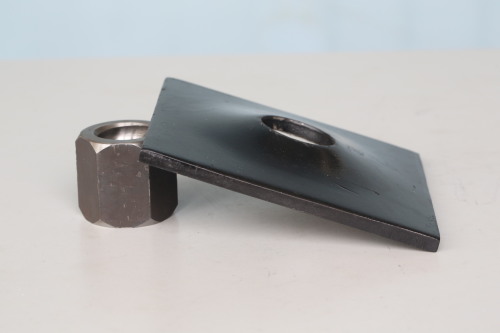
Operational elements
Drill bits
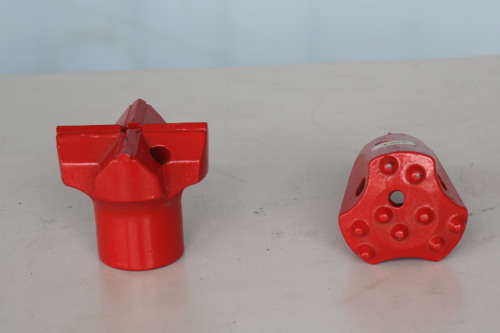
Various drill bits are available for different ground conditions
Spacer/centralizer